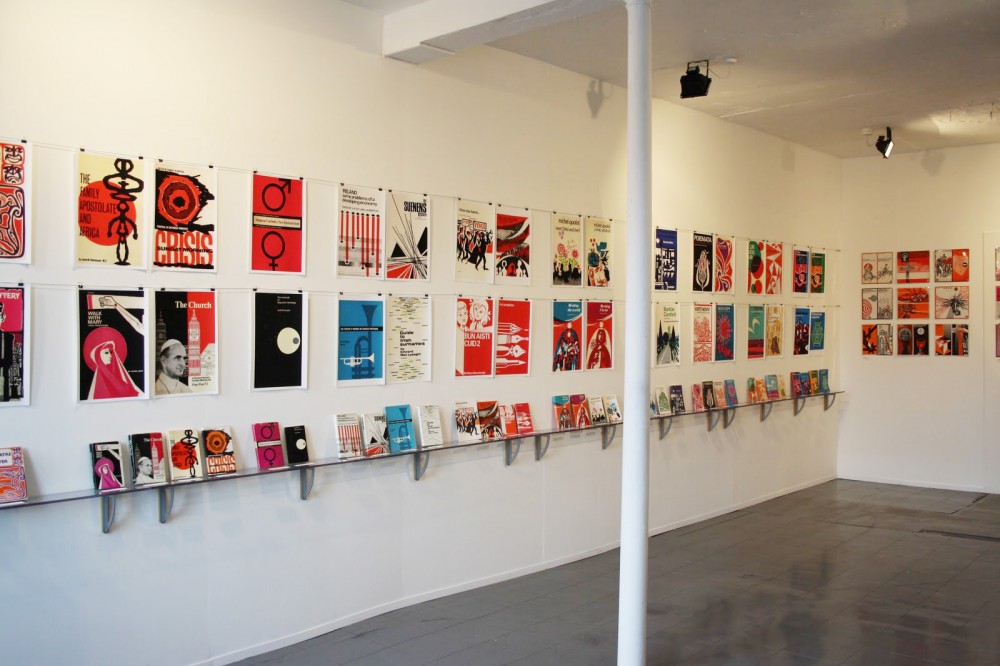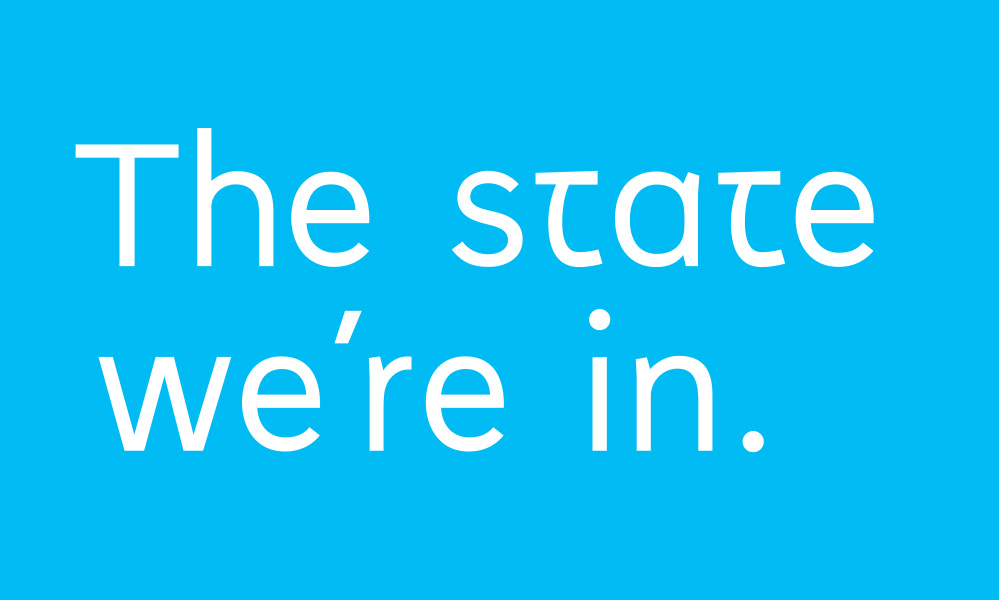In early 2011, I was asked to submit work for inclusion in One by One, Graphic Designers of the World Today, a global atlas of graphic design published by Hesign International (the publishing imprint of designer Jianping He).
As pleased I was with the request, I was under no illusions as to why and how the publisher had found my details – as a fellow member of the AGI it would have been relatively straightforward for Hesign to quickly draft a list of some of the most influential and inspiring designers from the database of circa 400 AGI members worldwide.
However when pressed on other Irish designers included, I was genuinely shocked that their researchers had failed to identify any other Irish practitioners worthy of inclusion. There appears to be many reasons for this – and none of these are related to talent or ability – but almost always point to reputation and profile. As far as the researchers were concerned the wholesale lack of a national design journal and no credible showcases diminished our standing and reputation. The lack of a visible national benchmark for quality clearly contributed to the very narrow perspective our international colleagues had of Irish Graphic design.
Naturally when prompted, I gladly supplied a list of notable designers who reflected the richness and currency of contemporary Irish graphic design further to this I was also asked to provide an overview (part history, part reflection) that would preface the Irish entry.
The brief text – an abridged version appears below – referred to how we have matured greatly as a community. This maturity is bolstered with an emerging strong streak of independence and a new found confidence, all of which contributes greatly to the quality and richness of contemporary Irish graphic design.
Much of this confidence emerged in tandem with a series of activities and initiatives by some individuals, including, of course, the first OFFSET conference. It is remarkable that in less than five years since the first OFFSET, we as a community have moved from anonymity to credibility, and have achieved moments of significant international achievement (step forward Johnny Kelly).
One by One is a fine book and valuable reference for those interested in a world view of current graphic design but the Irish entry didn’t fully capture the landscape of practice as I had expected. A number of emerging studios/designers were showcased but without any reference to the activities of designers pre-2005 it can only be described as incomplete. Nothing unusual here, as the “brief history of Irish Graphic design” is often captured through pockmarked studies and surveys. This is something that the 100 Archive hopes to redress, although it can only do so with the full participation of all of us engaged with graphic design practice, education and criticism, and the continued activities of OFFSET and other collaborative initiatives.

The State We’re In (Abridged – Feb 2013)
Cor Klassen Exhibition, Dublin, 2011
As I write this summary on current Irish graphic design, Ireland faces into the most economically and politically challenging period of its often troubled history. In such circumstances finding positives for even the most optimistic individual is difficult but a brief assessment of our visual environment provides encouraging evidence of the improving landscape of, and for, graphic design in Ireland.
The history of Irish graphic design is a brief one with the first “professional designers” emerging in the 1950′s and 60′s carried along by the wave and influence of a small group of Dutch designers who settled here in the 1950s. Despite the fact that many of the Dutch emigrés worked independently the concept of independent practice remained atypical within Irish design practice with the majority of “graphic design services” often an adjunct offering of established advertising agencies.
These agencies typically handled the majority of public sector contracts and notable design achievements and outputs from this period were rarely entrusted to individual designers. Along with their increased professionalism these Dutch designers left a legacy of Modernism that in the long-term was far more influential within education than it was in practice, where clichéd gestural marks and celtic motifs typified much of commercial Irish graphic design, in my opinion, for far too long. Subsequently the agency model of practice dominated Irish Graphic design. Understandably the standard of “agency work” varies with cultural and client factors, often contributing to conventional solutions being produced relative to the project opportunities at hand, however; the offerings of a number of established practices have consistently been at the quality end of the spectrum in that despite their scale or client roster these agencies were unapologetically “design-led” in their ambitions.
Maybe it was through frustration [with the agency model] that a new spirit of independence was fomented in the 90s and it is one that continues today. Emerging independent practices and individual designers now richly inform and influence what can be identified as the best of Irish graphic design. Many of these designers have benefited from improved programmes of education, graduate study abroad and international work experience.
The result is a rich mosaic of work that is no longer in awe of London but is informed by wider European, American and international excursions. The enthusiasm, quality and ambition of these designers has also provoked commissioners into pursuing braver and more intelligent design solutions – design that confidently reflects a modern and changing Ireland. Notably there are a number of Irish designers based in Dublin, London and Amsterdam who have produced ambitious, diverse and critically acclaimed works that span music, performance, visual art, advertising and graphic design. The achievements of these independently minded designers are all the more remarkable considering the lack of any national design press or critical journals (print or online) to showcase, critique, or review their current work.
The recently established (2009) OFFSET design conference and its associated activities has tried to bridge this gap and has stimulated debate and contributed greatly to the promotion of Irish graphic design internationally. The increased appetite for the subject is further evidenced in a small number of critically and historically important books recently published that now provide a more coherent overview of Irish design practices. It is the continued efforts of all involved in the practice and promotion of Irish graphic design, and the increasing emergence of more “designers of note” that assures a positive outlook for the current and future standing of Irish graphic design.
David Smith, February 2011 David Smith is Programme Chair of the Design in Visual Communications programme at IADT, the principal of Atelier David Smith, www.atelier.ie
Originally published in One By One, editor Jianping He, hesign International 2012 ISBN 978-3-981-4557-0-0
The title image has been typeset in Campana by Cian McKenna, a soon to be completed humanist sans-serif typeface inspired by Irish semi-uncial typography.
